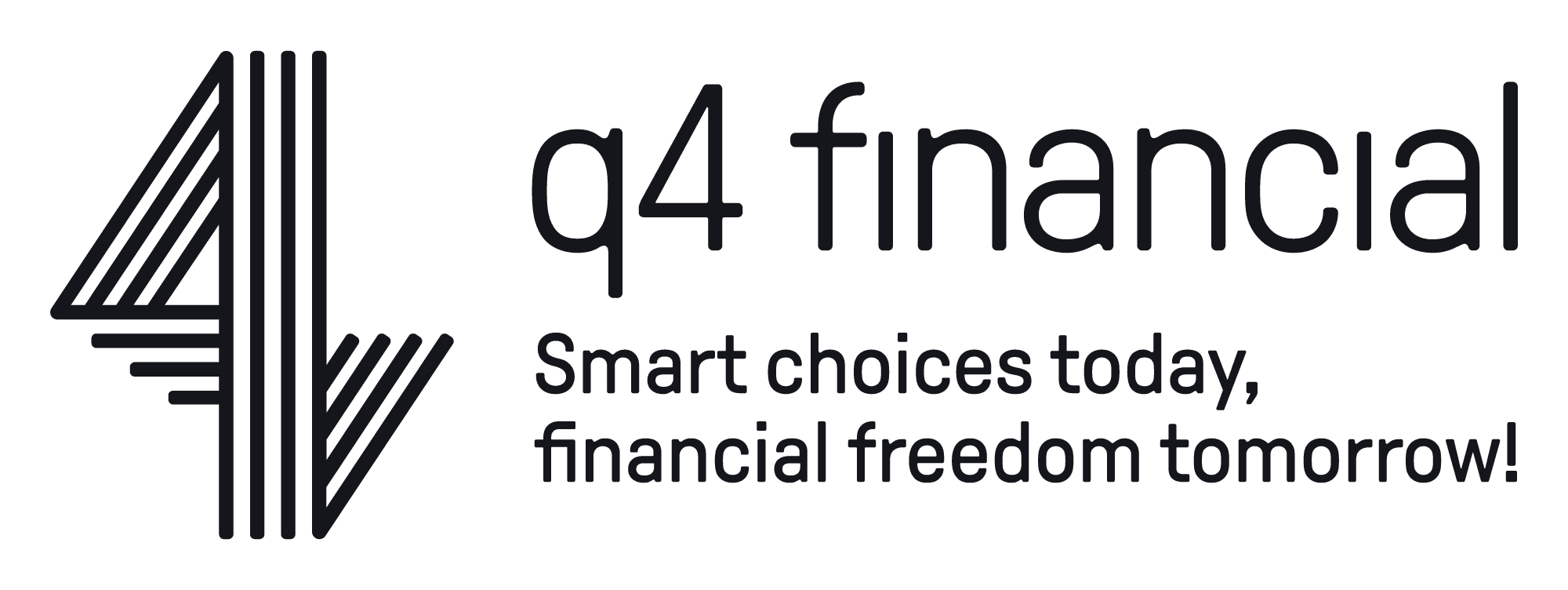
“If I step away, everything slows down or stops.”
Sound familiar?
This is one of the most common pain points we hear from established business owners. You’ve built something great — but now you feel trapped inside it. You’re the decision-maker, the problem-solver, the rainmaker, and sometimes even the backup bookkeeper.
And the scary truth? If you don’t show up tomorrow, parts of the business might grind to a halt.
This post is for you — the business owner who’s ready to reclaim their time, trust their team, and build a business that thrives even when you’re not in the room.
Why It Happens: Owner as the bottleneck
Businesses often start as extensions of their founders. That’s normal. But as you grow, this structure becomes a liability. When everything flows through you — approvals, knowledge, client relationships — your business becomes overly reliant on one person: you.
And that’s not a business. That’s a high-pressure job you can’t quit.
1. Shift from hero to architect
The first mindset shift is this: You’re not here to do the work — you’re here to design the system that gets the work done.
This doesn’t mean disconnecting entirely. It means stepping into the role of business architect, not just chief firefighter.
Ask yourself:
- What decisions am I currently making that others could own?
- What information do I hold that should live inside a system?
- What would break if I disappeared for two weeks?
You’ll quickly spot the weak points — and that’s where to focus next.
2. Delegation vs abdication: Know the difference
This is where many business owners fall short.
Delegation means empowering someone to make decisions with support, structure, and accountability.
Abdication is dumping a task or role on someone without the tools or context to succeed.
If you’ve ever been burned by a team member not following through, check whether you truly delegated — or just abdicated and hoped for the best.
True delegation includes:
- Clear expectations
- Defined authority levels
- Accessible SOPs (standard operating procedures)
- Feedback loops
The goal? Create decision-makers, not task-doers.
3. Build systems that scale
Systems don’t kill creativity — they enable consistency and reduce chaos. Start small, but intentionally.
Here’s where to begin:
- Document recurring tasks: What do you (or your team) do monthly? Weekly? Turn it into a checklist or template.
- Automate what you can: Payroll, reminders, onboarding — use tools to remove you from repetitive administration.
- Structure reporting: Get regular, predictable updates from your team that give you visibility without micromanaging.
Good systems are like well-designed roads—they let your team take the driver’s seat, so you don’t always have to be behind the wheel.
4. Identify and empower a 2IC (Second-in-Command)
If your goal is to reduce dependency on yourself, you’ll need a second-in-command — someone who can hold the fort, manage people, and drive execution when you’re not around.
Look for someone who:
- Thinks strategically
- Earns trust from the team
- Can say “no” as easily as “yes”
Then invest in them. Train them. Bring them into your thinking. This is the fastest way to buy back your time without losing control.
5. Step back in stages — Not all at once
You don’t have to disappear for a month tomorrow. Start with:
- Taking one full day off per week without checking in
- Delegating one major function (e.g. operations, sales management)
- Leaving your phone behind during non-work hours
Each action you take shows the business can function without your constant involvement — and that momentum builds your confidence to step further back.
Final Word: If it can’t run without you, it can’t be sold (or scaled)
At q4 financial, we often work with business owners who are successful on the surface but exhausted underneath. They want freedom, options, and an exit one day — but they’re too embedded in the daily machine.
The truth is: a business that relies on you to function is not truly a business — it’s a job wearing a business’s clothes.
If you want help designing systems, financial oversight, and strategic support that frees you from the centre of the web, get in touch. We’ll help you step away without it all falling apart.
